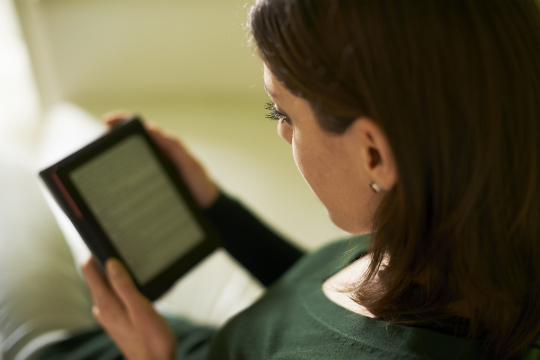Today’s business professional never leaves home without their smartphone; an extension of the tech-savvy’s life. With it they’ll surf the web, look for data, and keep themselves entertained. But does that mean that all elearning now has to be mobile too? Melanie Small concludes her feature.
As organisations and individuals invest in both high technology and high touch learning in a cost effective way, it is still important to remember that mLearning is only part of the ‘learning puzzle’; it all depends on the context of the situation. It is still about making experiences ‘real’, bringing knowledge to life and contextualising knowledge/theory that has been acquired. Sharing and learning from one another and building communities of practice will bring success.
When it comes to measuring the success of mLearning and its impact then, in some ways, it is easier to assess – the time span between when mLearning actually occurs and when it is applied tends to be pretty much immediate, which means that it is easier to evaluate in terms of impact both on an individual’s behaviour and on results.
As with all styles of skills attainment, mLearning has its limitations. Connectivity issues and small screen sizes can cause frustration; not to mention eye strain! Screen sizes, together with file size constraints, mean that less information, or just the gist of content, can be provided; downloading large content takes time and can cost a lot of money from network operators.
Mindfulness
It also relies on participants possessing the appropriate mobile device and software to access information; which can be expensive, especially when devices need to be upgraded frequently to combat obsolescence. Sitting alongside all of the above, it is perhaps important to touch on the subject of mindfulness when it comes to learning; if the learner gets a call or a text or any other media updates they are bound to be distracted. Modern educators need to find ways to turn potential distractions into interactions; perhaps participants or students posting tweets that appear during any short live seminar or webinar taking place that they are watching on their device.
Rich learning experiences remain as necessary as ever, and 21st century learning demands mLearning – although whether the ‘cloud’ will replace the classroom entirely remains to be seen. Certainly in many educational establishments, instead of notes being passed around in the classroom, it is instant messages via their ‘BYOD’s (Bring Your Own Devices).
Mobile technology is changing the teacher/student or facilitator/delegate dynamic and, in most cases, for the better when implemented and used correctly. Open online courses, recorded lectures/seminars, digital textbooks and manuals, distance learning, SMS alerts and other push notifications about class/subject activities and the curriculum better captivate a larger audience.
As Apple reinvented the phone, so it is to each of us to reinvent learning so that it can be reached by children and adults alike, who can acquire new information in a multitude of ways and put it to use; mLearning is part of enabling this to happen and enhances the life-long learning process.
Mobiles were invented to allow human beings to talk to each other, but now they can even talk back to us. But let’s not forget the art of conversation amidst this communication and the importance and skill of educators and other specialists. Let’s also focus on the end goal here – the acquisition, embedding and practice of relevant new skills, knowledge, behaviours and concepts - without having to always worry about storage capacity, battery life, screen size, bandwidth and file format.
That said, given the complexity of leadership and the nature of change in today’s world, the next generation of leaders need to be ‘lifelong learners’ if they are to be effective. mLearning will better equip them to be more effective and we need leaders at every level. Let’s be ‘smarter’ than our smartphone when it comes to learning design and transformative learning for the future. Now, where did I put that phone charger?
Read part one here.
Melanie Small is a regional director at Lee Hecht Harrison (LHH).








